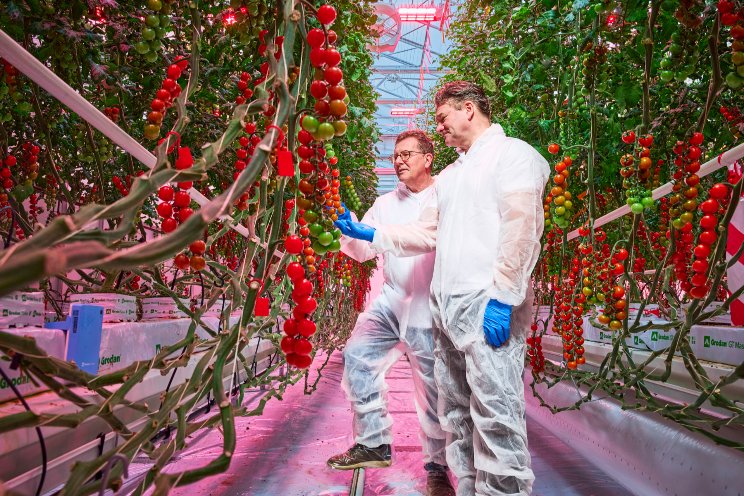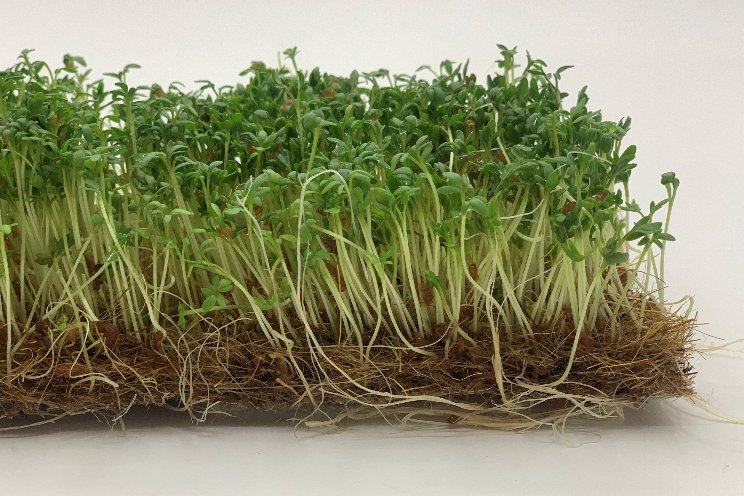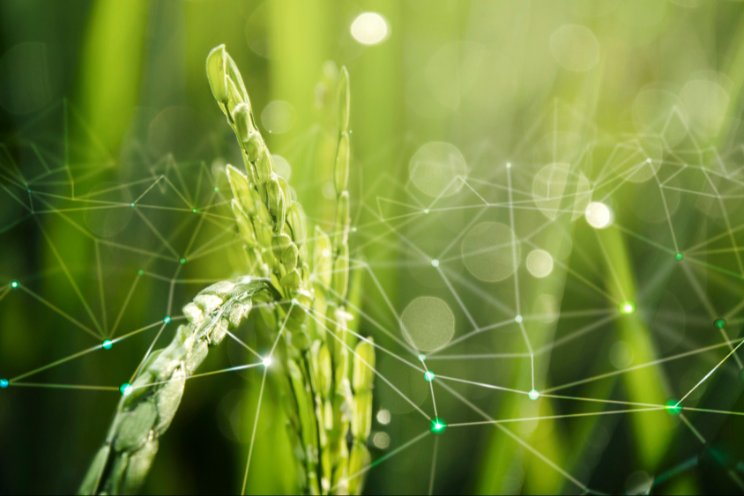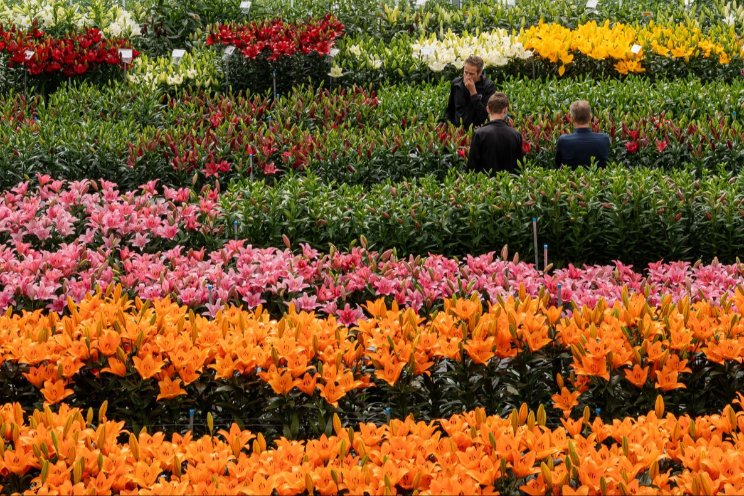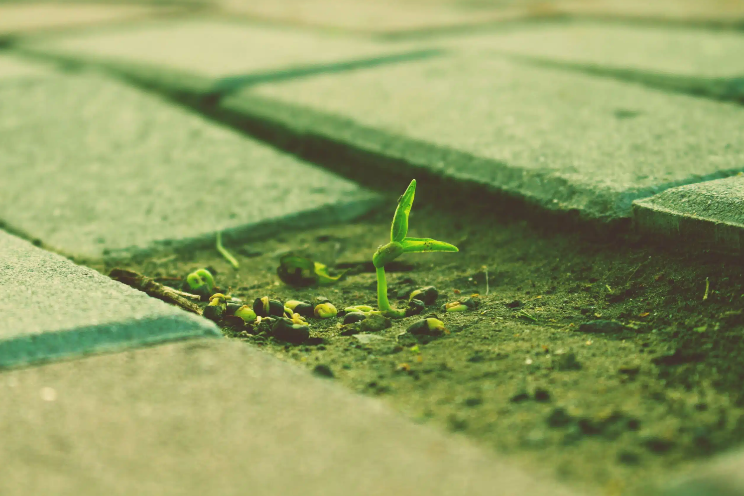The water crisis and need for farming solutions
Added on 09 November 2022

As of this writing, the US Drought Monitor map shows several large regions in extreme or exceptional drought conditions, and nearly all of several western states are in severe drought or worse. Since some of the areas that are worst affected are also our most productive areas for food production, this problem could have far reaching effects on the country’s food supply. We must look for alternative growing methods that use far less water to produce healthy, fresh crops.
How Much Water Does a Traditional Farm Use?
Agriculture is one of the world’s top consumers of water. It accounts for an estimated 70% of all water use annually. And out of that huge amount of water consumption, about 40% is lost or wasted due to poor irrigation systems, evaporation, and general poor management. Clearly, this isn’t a level of waste we can continue to support, but how can it be fixed?
There are several current concepts for conserving water in the agricultural process, and the truth is it will likely take many of these ideas working in conjunction to replace the antiquated and wasteful irrigation processes of the past. One of the most exciting methods being proposed is hydroponic vertical farming. But how can a system that replaces soil with water save water? Read on to find out.
Hydroponic Vertical Farming Water Usage
Hydroponic vertical farms work like this:
- Plants are grown in towers or trays, stacked vertically, and often indoors.
- Rather than being rooted in soil, these plants’ roots are suspended in water.
- The nutrients needed for plant health are added to the water, allowing plants to absorb them more efficiently than in traditional soil-based growing methods.
- The water in the system is recycled repeatedly, allowing the most efficient systems to boast 98% less water use than traditional farming methods.
Image by jcomp on Freepik
More news
